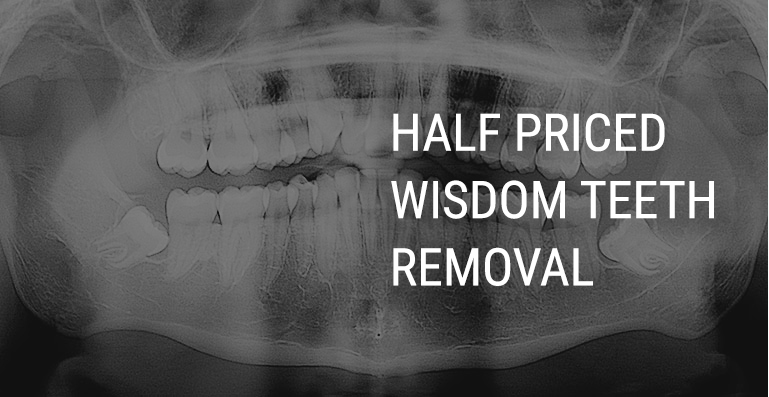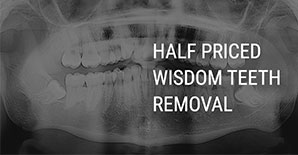This page is brought to you by a collaboration with Diamond Dental and Austin Life Care.
 Pregnant Mothers and Gum Disease
Pregnant Mothers and Gum Disease
by Dr. Tom Supakorndej, DDS
During pregnancy, many women develop red, swollen, and bleeding gums. It is caused by plaque and tarter build-up that have remained there for some time. Proteins from your own saliva and foods collect around the teeth, and if not removed, they stick to the teeth firmly and cause inflammation of the gums. When the condition is mild, this is called “gingivitis.” When the condition is more severe, this is called “periodontitis.”
How do you know whether you have gum inflammation?
Normal gums have a pink color. Some people have a slight brownish color to their gums, and this is normal. Inflamed gums:
- have a bright red color around the teeth.
- a puffy appearance, and
- bleeding during brushing and flossing
The last criteria is the most important. If, when you are brushing or flossing, there is bleeding, you probably have gum disease. This means that saliva and food debris (“tarter”) have been stuck between your gums for some time and are causing problems in your gums. Your body’s own immune system is detecting this tarter as a foreign substance and is trying to remove them by attacking them. The end result is bleeding from your gums.

Notice the bright red rim around the teeth.
An X-Ray Example Showing Gum Disease

Take a look at this x-ray. It was taken from a patient that was 8 months pregnant. Notice the bottom molars. There are tarter attached to the bottom teeth, located on both the front and back of the teeth. These tarter deposits will cause gum irritation, bleeding, and sometimes a bad taste in your mouth. If not removed, over time they will cause bone loss. Bone loss will cause the teeth to get loose.
**Gum disease, if not treated, will cause tooth loss.**
If you have mild gum disease
In mild case, you can treat your gums at home. Begin by:
- Flossing between your teeth regularly
- Brushing your teeth twice per day, as recommended by the ADA, and
- Begin using mouth wash after every time you brush. We recommend using any alcohol-based mouthwash, such as Listerine, Equate (Wal-Mart brand), or the HEB brand. Avoid using Scope and Cepacol brands, because these two are designed to fight bad breath, not gum infections.
If after 3-4 days of at-home treatment, the bleeding doesn’t stop, it’s time to visit your local, neighborhood dentist. Professional help is required at this point to fight the gum disease. A typical gum cleaning – called a dental prophylaxis, or “prophy” for short – may be needed. Call your local dental office to schedule a check-up and a cleaning.
How do I know whether I have severe gum disease?
In more severe cases of gum diseases (“periodontitis”) its even more important to see the dentist soon. How do you know if you have periodontitis? Only a licensed dentist can diagnose periodontitis, but typically the patient will have one or more of the following items.
- Bleeding from the gums lasting for more than a few months.
- The spaces between their teeth are fully filled in with tarter, making it virtually impossible to floss. This color is usually a creamy yellow or grey.
- A foul/putrid smell or taste coming from your teeth. It will smell like a trash can.
- Pain coming from the gums. It is usually a dull pain that lasts a long time. The gums also hurt more when touching them with your fingers.
Only a licensed dentist or dental hygienist can treat periodontitis. There is no available home care to treat severe gum disease. Please call your local dental clinic and schedule an exam. They will determine whether you need a “deep cleaning” or “scaling and root planing.” These two names refer to the same procedure, but they are required to remove the disease.









